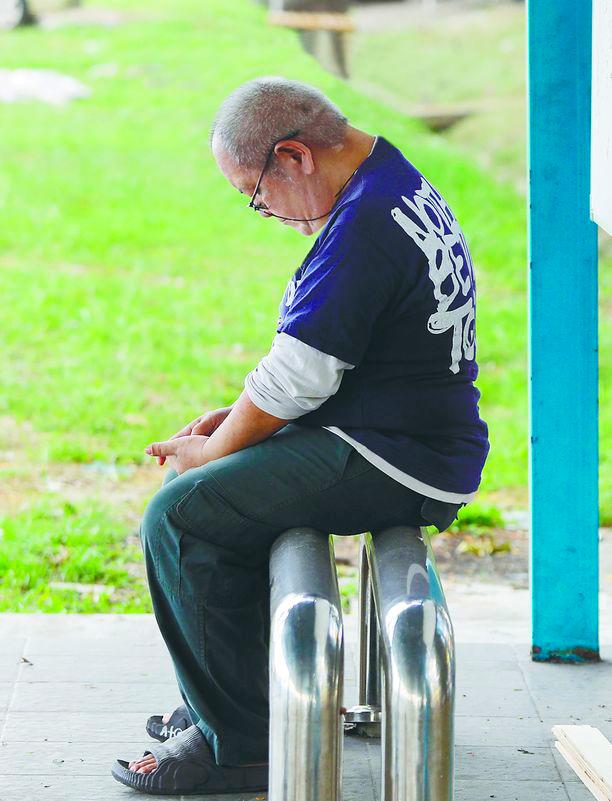PETALING JAYA: Malaysians, particularly youth and office workers, are increasingly grappling with posture-related health issues due to excessive phone and digital device use, said Physiogo trainer and physiotherapist Nor Izzah Lukman.
“At Physiogo, over 50% of our clients report neck pain. One of the main contributing factors is poor posture, especially when the head is tilted forward for prolonged periods while using phones.”
She said common complaints include “text neck”, shoulder tension and lower back pain.
She also said the problem worsened during the Covid-19 pandemic as remote work and online learning drastically increased daily screen time.
The most prevalent posture-related conditions include lower back pain, forward neck flexion and shoulder strain, all linked to prolonged sitting and poor spinal alignment.
“When the lumbar sitting angle drops below 90°, it could compress the lumbar nerve roots, leading to pain and nerve irritation,” she explained.
Citing research from the Universiti Malaya Medical Centre, she noted that 60% of office workers aged between 30 and 50 experience musculoskeletal pain.
“Among younger adults aged between 18 and 30, technology use is the main culprit, while older adults tend to suffer due to years of poor posture and age-related degeneration.
“Women may develop posture issues from pregnancy or osteoporosis while men are more prone to injuries from physical labour or extended sitting,” she added.
Nor Izzah highlighted a rise in cases of dropped head syndrome (DHS) in which severe weakness in the neck extensor muscles causes the head to droop forward.
“DHS is typically linked to neuromuscular disorders, such as amyotrophic lateral sclerosis. Another variant, isolated neck extensor myopathy, is sometimes seen in elderly patients with spinal deformities such as kyphosis.”
She warned that poor ergonomics, such as constantly looking down at phones or using laptops without proper alignment, could result in tension headaches, shoulder tightness and even nerve compression, leading to tingling sensations in the arms.
She recommended keeping screens at eye level, maintaining proper back support and sitting with elbows at a 90° angle.
“Follow the 20-20-20 rule, every 20 minutes, look at something 20 feet away for 20 seconds. Also, take a break every 30 to 60 minutes to stretch.”
Simple exercises, such as chin tucks, neck stretches and shoulder rolls, could relieve tension and improve posture.
“Neglecting these habits may lead to chronic conditions, such as disc degeneration or myofascial pain,” she warned.
She called for greater public awareness through social media campaigns, infographics and stretching tutorials.
“Education should start early, with school talks that promote healthy posture habits from a young age.”
Orthopaedic specialist Dr Rabeenash Singh Rajpal Singh, part of the spine team at Hospital Putrajaya, outlined the key causes of DHS, namely neuromuscular disorders such as myasthenia gravis, structural deformities such as scoliosis and kyphosis, and degenerative or postural issues such as cervical spondylosis.
He added that patients who have undergone radiation therapy for thyroid or neck cancers may develop DHS due to muscle and nerve damage.
“Scoliosis and kyphosis, often diagnosed during adolescence, can worsen over time if not treated,” he said.
He said while physiotherapy may help in mild cases, severe spinal deformities may require surgical correction to restore alignment.
He explained that cervical spondylosis, caused by disc wear and tear, could compress nerves and trigger pain in the neck and arms, although it typically does not lead to full head drooping as seen in DHS.
Early signs of DHS include numbness or tingling in the hands, neck stiffness and muscle weakness during simple tasks, such as brushing teeth.
“These red flags are often ignored until more serious complications occur, such as mobility loss or bladder dysfunction,” he cautioned.
Rabeenash advised maintaining a healthy weight, eating well and staying physically active.
“Strengthening core muscles with exercises such as Pilates is especially beneficial.”
He warned against long hours of sitting with poor posture.
“Sit upright, do not slouch and avoid hunching over devices. These small changes could make a big difference in long-term spinal health.”









